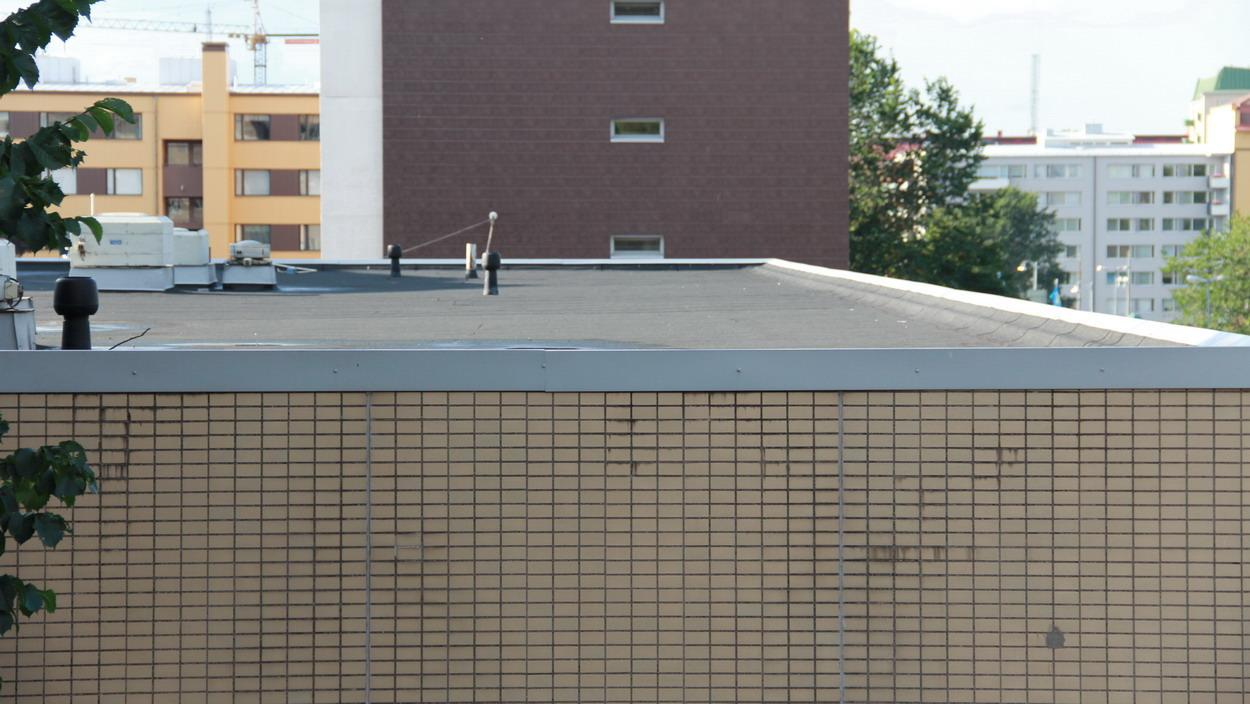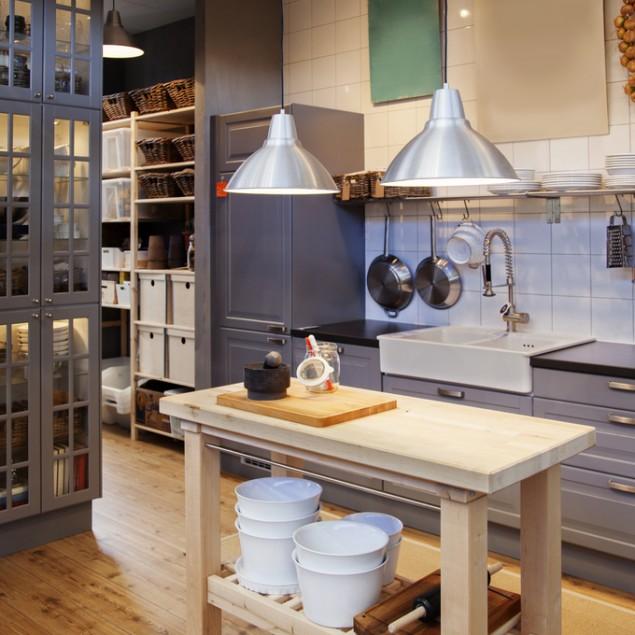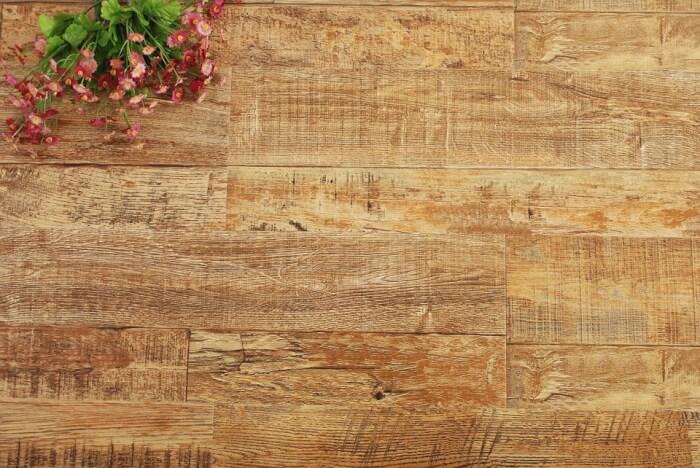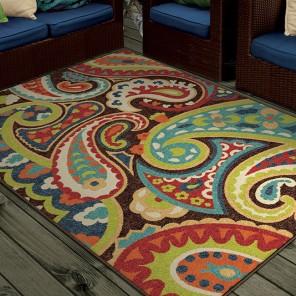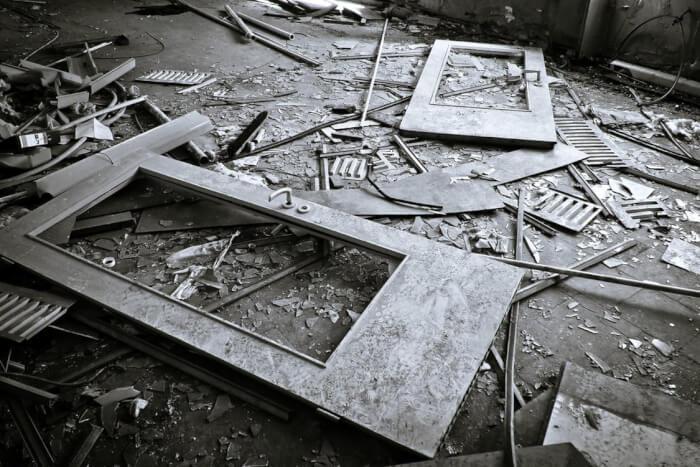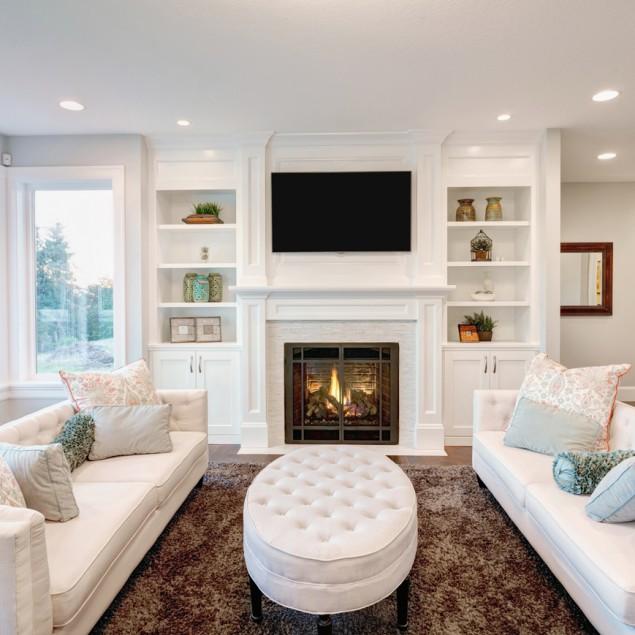Looking to build a new roof but not sure why a flat roof is a good option? There are generally two roof types, flat and pitched roofs. You may notice most commercial buildings use the flat roof style. So, if you’re looking for someone who does commercial roofing Cincinnati Ohio then read this article. We’ll explain why commercial roofs are generally flat roofs, as well as the different types. We’ll expand on each type with pro’s and con’s for the various types as well.
Flat Versus Pitched Roofs
Overall there are several key points that set flat and pitched roofs apart. In general, flat roofs are known to cost significantly less than pitched roofs. However, with that being said, pitched roofs tend to last much longer and require less maintenance overall. So, your choice of a pitched versus flat roof often will come down to cost and maintenance as well as how far into the future your business plan is.
Pitched Roof Pro’s and Con’s
When discussing flat or pitched roofs, we want to clarify. Pitched roofs are any kind of roof with a pitch at the center. Most often you’ll see pitched roofs on residential homes in the Midwest as they are intended to last long periods of time and require little maintenance. So in essence, here are the primary benefits of a pitched roof. However, pitched roofs do typically require a much larger up-front investment when being built. When a pitched roof eventually needs to be maintained or rebuilt, the cost will also be considerably higher than flat roofs. Finally, some might even say pitched roofs don’t mesh well with certain design aspects, especially with more modern and contemporary styles of homes and buildings.
Pro’s
- Longer Lifespan
- Less Maintenance
- Looks Better
Con’s
- Time Investment
- Upfront Cost
- Re-roofing Cost
Flat Roof Pro’s and Con’s
Flat roofs, on the other hand, are, you guessed it, flat. Well, not entirely. Flat roofs are actually designed with a very small slope. This incline is nearly impossible to detect with the naked eye, but it’s there. Why you ask? When it rains or snows and the snow melts, all that water needs to go somewhere. So, flat roofs are designed to let water flow towards the gutter systems of the building to avoid the roof from rotting or caving on due to prolonged water build up.
Flat roofs have a lower up-front cost when it’s time to build and maintain one. Flat roofs also offer a lot more space to place utilities or other building essentials. In fact, almost every commercial building typically has air conditioners, and other utilities placed on the flat roof. In essence then, a flat roof is extra outside storage space. Another benefit of flat roofs would be the design appeal. For most commercial spaces that don’t matter as much. However, for more design-oriented builders and business owners it may. That’s because a flat roof fits a more modern look and fit.
Pro’s
- Low Upfront Cost
- Modern Design
- More Space
Con’s
- More Maintenance
- Shorter Lifespan
- Greater Chance of Leaks
Flat Roof Options
With all of that being said, flat roofs are not all the same either. There are several different flat roof types depending on the material and build style. Some of these building styles are even cheaper than other flat roof options. Other flat roof styles may offer more water protection, while others may be specially built to insulate against the snow. Either way, you should know the different flat roof style types and what their pros and cons are.
We’ll cover these three styles:
- Single-layer membrane roof
- Modified bitumen roof
- Built-up roof (BUR)
First up, the single-layer membrane flat roof is the latest in roofing options. This new style offers the newest technology for a flat roof and is more technically known as a plastomeric roof. The single-layer option also comes in many different materials which all have pros and cons. The following are some of the material types this type of roof uses:
- Polymer-modified bitumens
- EPDM (ethylene propylene diene monomer)
- PVC (polyvinyl chloride)
Oftentimes, roofers using this style will opt for EPDM because it is cheap and easily accessible. Whatever material you may choose, all of these are synthetic fiber rubber/plastic mixes. The elasticity of the rubber means the roof can withstand rather drastic temperature changes and extremes. Some styles even impact resistance (to a degree). This style of roofing is also commonly applied to the entire roof deck or held down with river rock.
The primary pros and cons of this style of roofing are:
Pros
- Light Materials
- Easy Installation
- Easy Patch Repair
Cons
- Highly Vulnerable to Punctures
- High Heat Absorbance
- Costs More Than Other Types
Modified Bitumen
Next up is the Modified Bitumen roof which reinforces the roof with a polymer such as styrene-butadiene-styrene (SBS). This additional layer adds extra protection, support, and more. However, this style was developed in the 1960s. This style is most commonly applied using sheets of material which are then hot or cold applied. If using a hot method, then hot asphalt is usually poured over the sheets. This style of roofing also provides increase elasticity in colder temperatures, meaning the material is less likely to break due to stiffness. Here are some of the pros and cons:
Pros
- Peel and Stick Application
- Reflects Heat
- Middle of the Pack in Pricing
Cons
- Torch Application is a Fire Hazard
- Not as Tear Resistant as Rubber
- Not Recommended for Occupied Buildings
Built-Up Roof (BUR)
Finally in our list is the oldest method of commercial flat roofing. The BUR style roof uses the term “built-up” because of the application method. Using felt impregnated with concrete, a hot mop is used to slather the mixture over the roof deck. More recent applications use fiberglass membranes. The material is built up until the desired thickness is reached. Here are some of the pros and cons:
Pros
- Fire Retardant
- Cheapest Flat Roof Option
- Good for Windows and Balconies
Cons
- Messy To Install
- Very Heavy
- Difficult to Find Leaks
Flat roofs are surely more cost-effective than pitched roofs. Even then, some flat roofs offer certain advantages over others. At the end of the day if you’re looking for commercial roofing in Cincinnati Ohio, then you’ll want to consider each of these pros and cons carefully.
